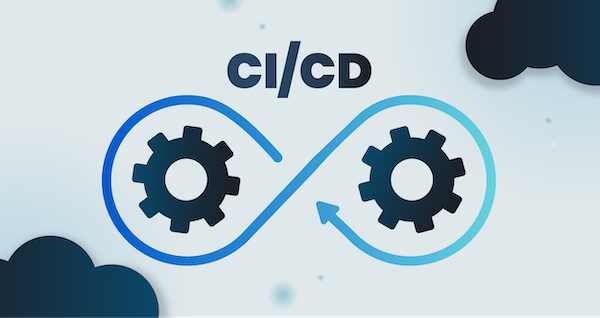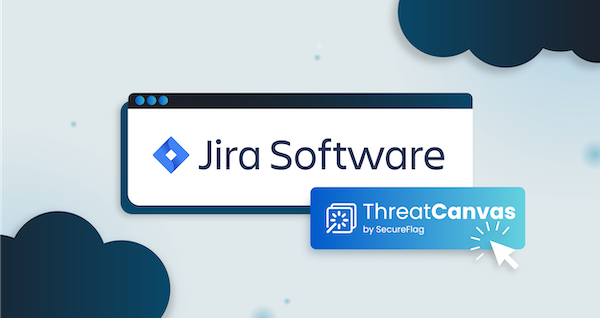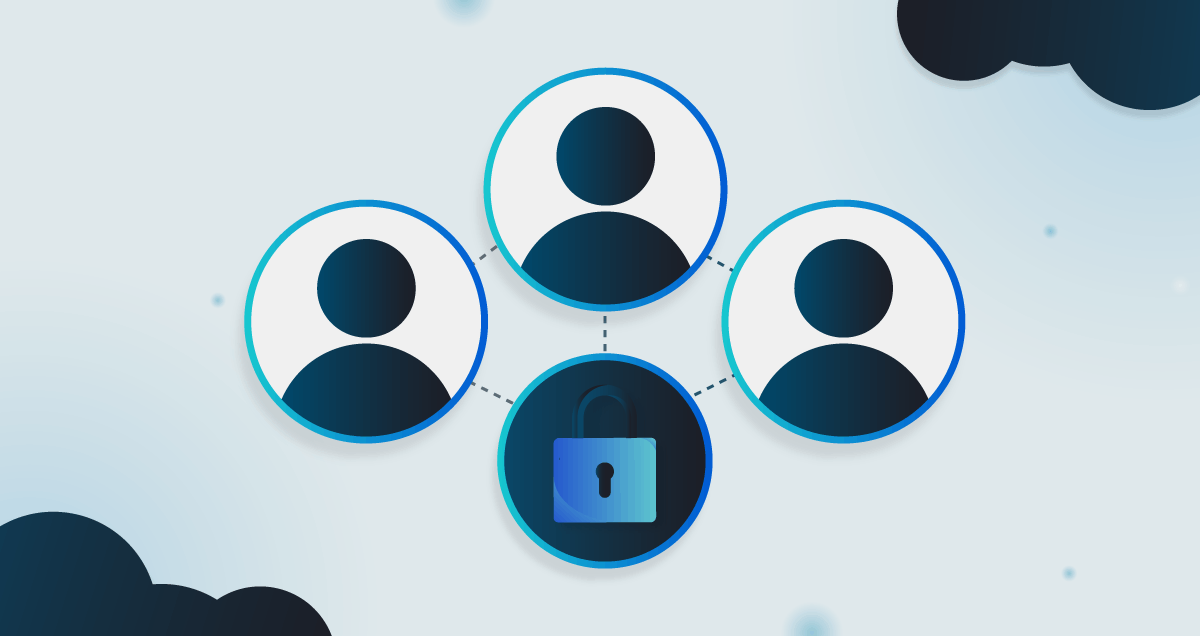Cyberattacks taking down power grids and disrupting water supplies aren’t just over-the-top movie plots; they’re actually happening. Hackers look for a way into vulnerable Supervisory Control and Data Acquisition (SCADA) systems, and if they’re successful, the consequences can be devastating.
That’s why we’ve created SecureFlag’s new SCADA labs, which let developers get hands-on with secure coding training to build and defend SCADA systems against threats! These labs provide real-world scenarios that help developers identify vulnerabilities and integrate security into the development process.
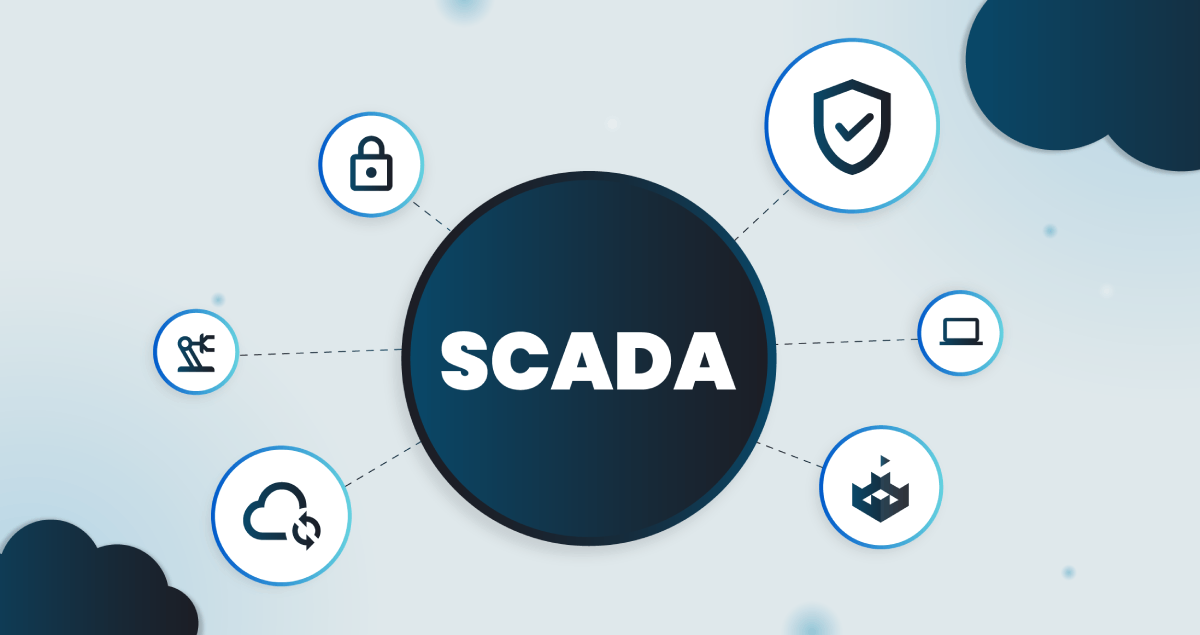
What is SCADA?
SCADA systems continuously monitor industrial processes by collecting data from sensors and devices to help operators make informed decisions. Industries like energy, water and waste management, manufacturing, transportation, and agriculture rely on SCADA systems to keep things running. Unfortunately, the benefits of remote monitoring and control come with significant security risks.
What’s Included in SCADA Systems?
SCADA systems are made up of:
Human-Machine Interface (HMI)
This is a dashboard that operators use to interact with the SCADA system. It shows live data from sensors and controllers so operators can monitor and control processes. The HMI displays visuals like graphs, alarms, and status updates.
Supervisory Computer System
The supervisory system is integral to the SCADA network as it’s where all the data from different field devices gets processed and analyzed. The supervisory system keeps everything running properly by managing the overall operations.
Communication Network
This network links all the parts of the SCADA system to communicate with each other. It ensures data flows smoothly from sensors to controllers to the supervisory system and back. It keeps data moving in real time and ensures everything communicates reliably across the entire system.
Sensors and Actuators
Sensors are used to get data from the physical world, such as temperature, pressure, or flow rates, and then turn it into signals the system can understand. Actuators, on the other hand, carry out commands, like opening a valve, adjusting a motor, or turning on a pump.
Why SCADA Needs to Be Secured
If one part of a SCADA system is compromised, the entire network could be at risk, causing downtime, financial losses, or worse. The threat surface grows even bigger as more SCADA systems are connected to the Internet of Things (IoT) and integrated with company networks.
SCADA systems were built with reliability and efficiency in mind rather than security. A lot of them still run on outdated software, rely on weak authentication, or send data over unencrypted channels, making them easy targets for cyberattacks. That’s why it’s important to develop SCADA systems securely.
Low-level languages like C and C++ are often used to develop both software and firmware of SCADA systems. While powerful, these languages can introduce significant security challenges, particularly around memory management.
What You’ll Find in the SCADA Labs
Our new SCADA labs on the SecureFlag platform offer hands-on, virtualized environments that simulate real-world industrial control systems. They feature sensors, actuators, and more, allowing you to explore and secure critical infrastructure.
For example, in one lab, a factory automation dashboard is supposed to stop brute-force attacks until a frustrated customer exposes a major flaw. You’ll uncover what’s missing and make sure failed login attempts don’t go unnoticed. Time to fix what should’ve worked in the first place!
Or what happens if an attacker simulates a SCADA sensor on the network, sending massive amounts of fake data to trigger a buffer overflow and hijack the entire supervisory system?
Doing these labs gives development teams the practical experience they need to find and address threats in high-risk environments.
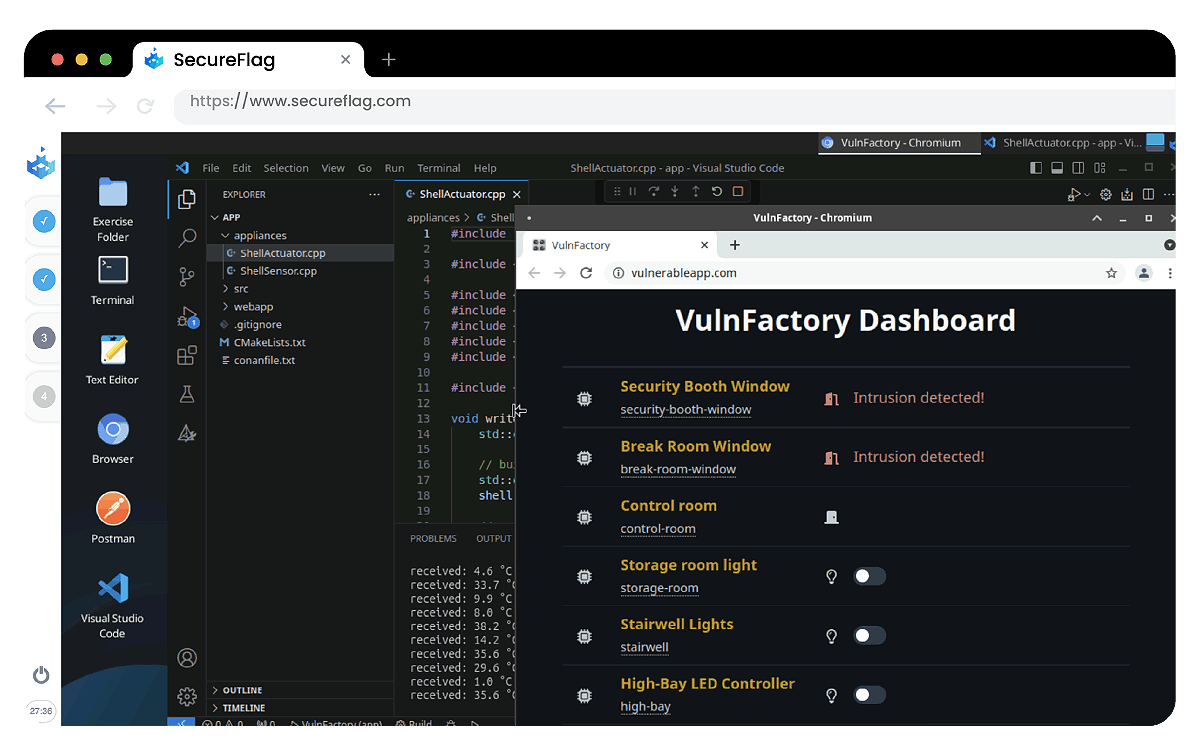
Why SecureFlag?
As you can see, what makes SecureFlag different from other learning platforms is its interactive, lab-based approach to training. Instead of just studying theory and doing multiple-choice questions, SecureFlag’s labs give you genuine, firsthand coding experience.
You’ll learn how vulnerabilities are exploited and how to defend against them through engaging and fun coding exercises. What’s great is that developers get to work with the same tools and technologies they use in their day-to-day roles, making learning seem familiar and practical.
Building Stronger SCADA Systems with SecureFlag
Security in SCADA systems needs to be part of the development process from the start, as it helps avoid costly risks and disruptions. Give your team the secure coding skills they need to develop reliable systems and, at the same time, defend against threats. With SecureFlag’s training labs, your team gets the experience they need to take on the security challenges SCADA networks face today.
